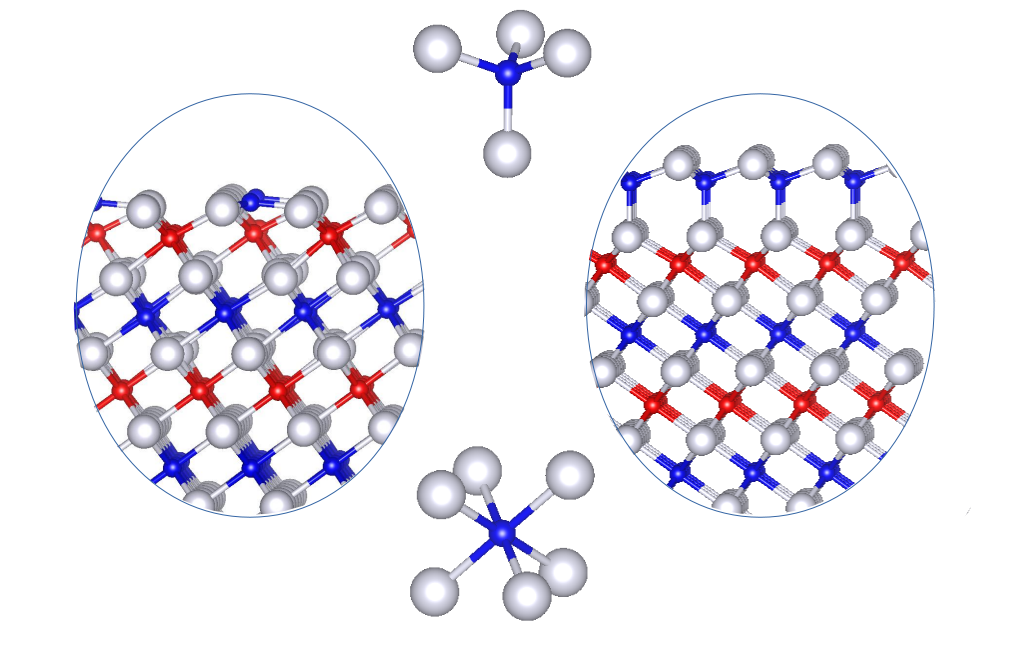



Invited
Biphase ordering at Fe oxides
1Instituto de Ciencia de Materiales de Madrid (CSIC), Spain
2Chalmers University of Technology, Gothenburg, Sweden
The phase diagram of oxide surfaces and ultrathin films may be different from that of their bulk counterparts, and binary Fe oxides provide very good examples. In the O-poor limit, their bulk phase diagram includes the antiferromagnetic rock-salt insulator FeO and the ferrimagnetic spinel half-metal Fe3O4. FeO is not stable at ambient conditions but with a significant number of Fe vacancies that resemble Fe3O4 inclusions [1]. However, a single FeO(111) monolayer has been stabilized on different substrates. Even a record thickness of 8 nm preserving the 1:1 stoichiometry has been achieved under ultra-high vacuum conditions, before the film evolves to Fe3O4 [2]. A more intriguing phenomena emerges when the two distinct phases coexist at the same termination (biphase ordering), as has been observed at the surface of Fe3O4 [3].
Here we will show that at the origin of this behavior lies the tendency of FeO(111) to introduce tetrahedrally coordinated Fe sites. Together with the reduced energy difference between FeO and Fe3O4 in the ultrathin limit, this favors the coexistence of both phases in the few monolayers regime, explaining the emergence of biphase ordering [4]. Furthermore, these findings provide interesting clues to solve the elusive Fe3O4 (111) surface structure.

Figure 1: Side view of the spinel-like and wurtzite terminations of FeO(111).
[1] I. Bernal-Villamil, S. Gallego, Phys. Rev. B 90, 195126 (2014)
[2] L. Martín-García et al., J. Mater. Chem. C 4, 1850 (2016)
[3] N.G. Condon et al., Phys. Rev. B 55, 15885 (1997)
[4] I. Bernal-Villamil, S. Gallego, Phys. Rev. B 94, 075431 (2016)